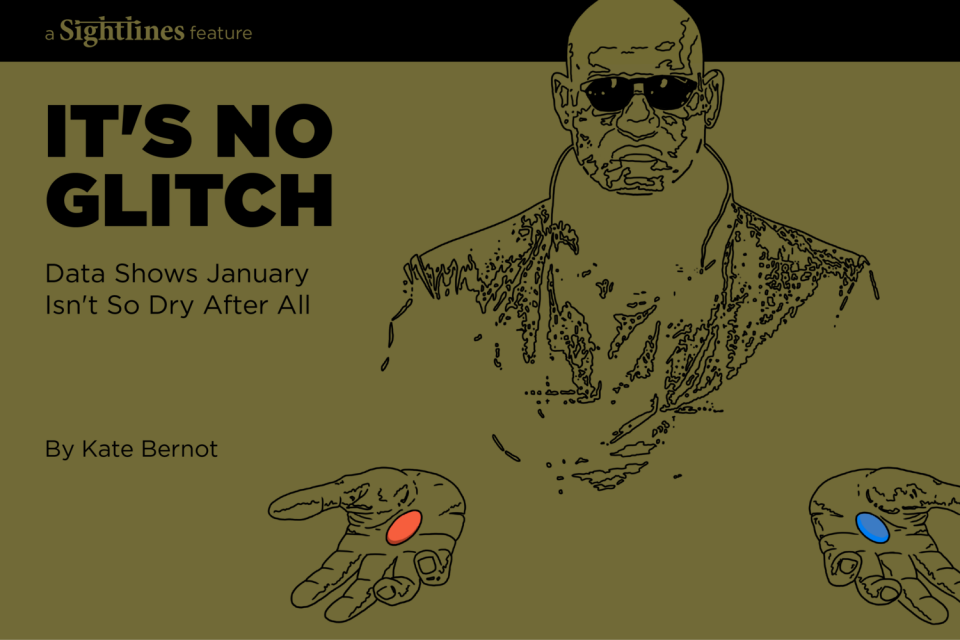Much was made of Dry January and its potentially disastrous effects on alcohol sales. According to a YouGov poll conducted at the end of 2018, one in five Americans planned to participate in Dry January in 2019. But the same thing happened then as it did now: IRI-tracked beer sales actually increased 8% in January 2019 compared to 2018. And though January has historically been a slow month, beer sales have risen each successive January since 2017.
Despite that reality, the media can’t resist publishing Dry January stories, especially those told from an experiential, first-person perspective. Most personal essays depend on transformation, on the author becoming a different, wiser version of who they used to be. Arriving at this depth of insight normally takes time and reflection, or the sort of destabilizing, cataclysmic event that comes along once in a lifetime. Dry January, on the other hand, is an accessible journey that promises conversion and newfound wisdom on a schedule that neatly slots into online editorial calendars.
These narratives often reflect the perspectives of people who, by virtue of working in the beverage alcohol industry, may consume more than average Americans. Any change to that behavior has the potential to show a dramatic impact, and often presents a version of alcohol use that doesn’t reflect how most Americans drink.
According to a 2018 survey conducted by a division of the U.S. Department of Health and Human Services, 44.7% of Americans hadn’t consumed any alcohol in the past month. Even among drinkers, knocking back two or three beers a night is rare: 78% of American men and 90% of American women report drinking seven or fewer drinks in a typical week, per the 2015 National Alcohol Survey. Since World War II, Gallup polling has shown that about two-thirds of Americans consume some form of alcohol.
Beer sales data indicates that pledges to participate in Dry January are like any other New Year’s resolutions: they rarely stick, even for a month. A commonly cited statistic says 80% of people fail to achieve their New Year’s resolutions, and the third week of January seems to be the usual stumbling point.


